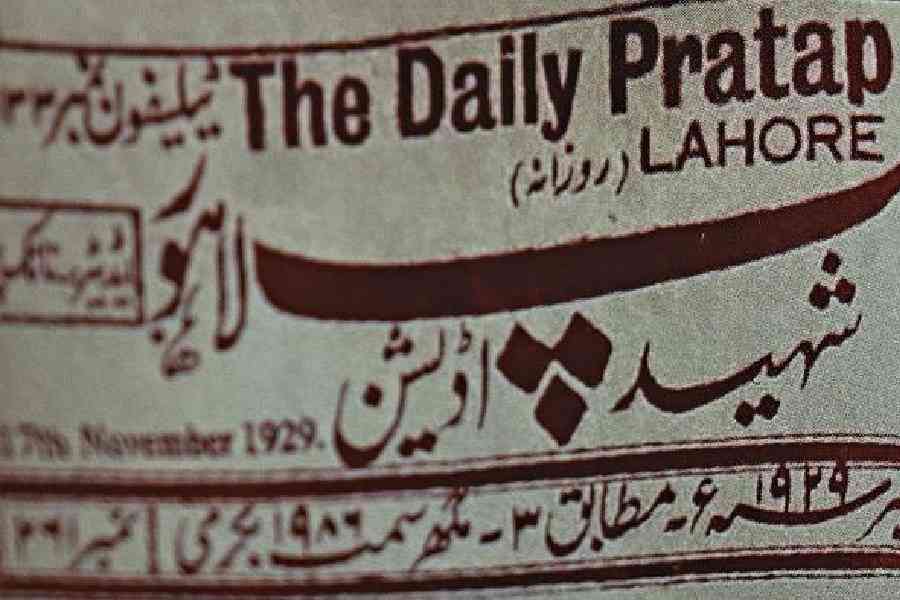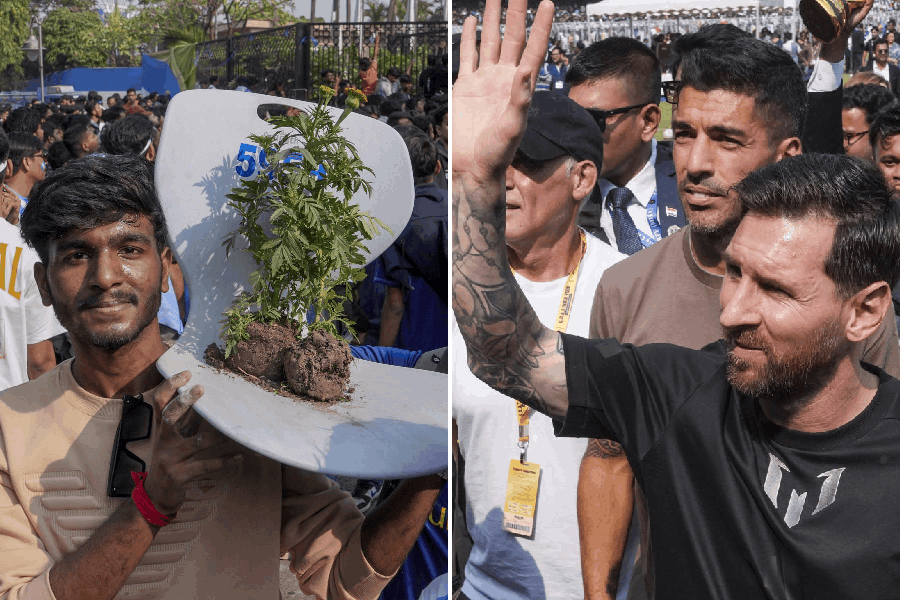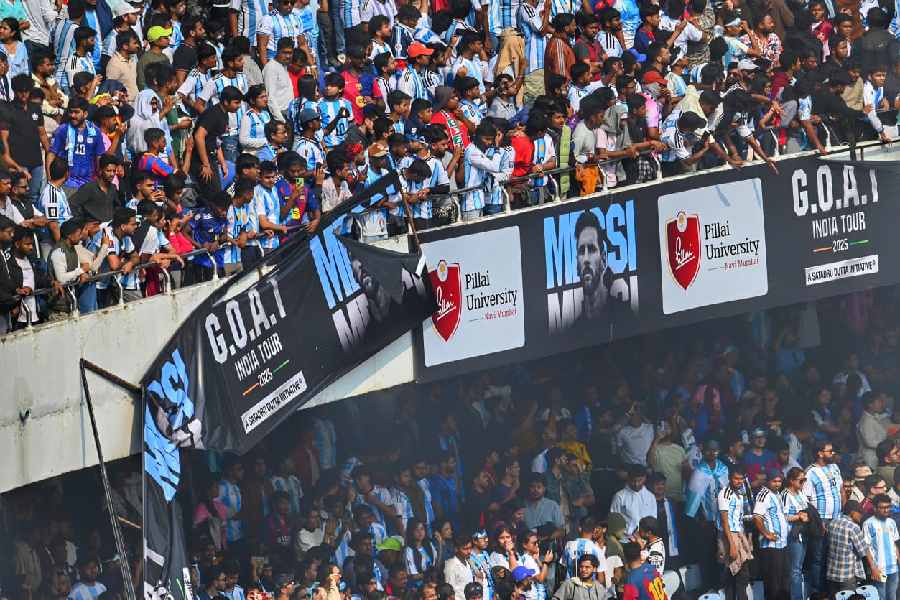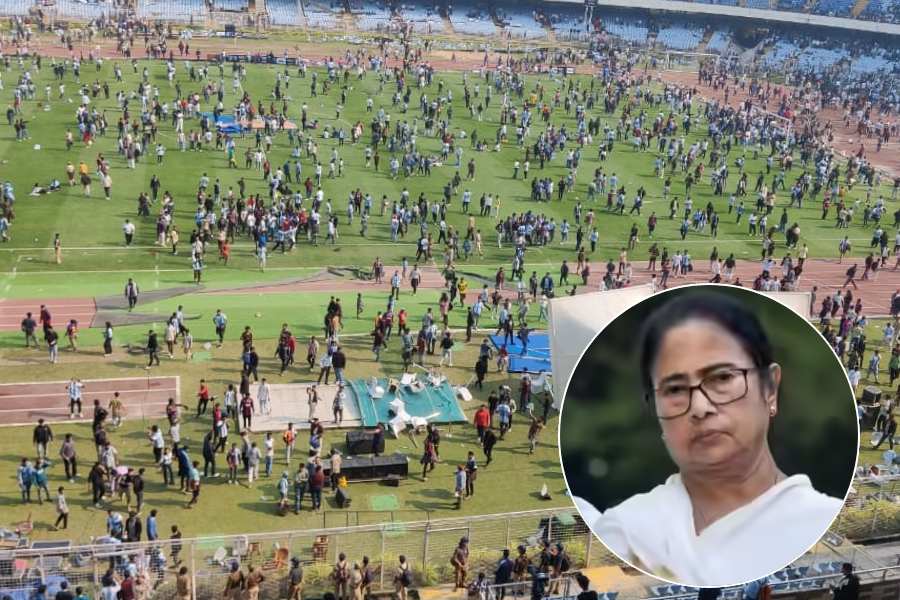Book name- PRATAP: A DEFIANT NEWSPAPER
Author- Chander Mohan and Jyotsna Mohan
Published by- HarperCollins
Price- Rs 499
Pratap: A Defiant Newspaper is more than just the story of a family-run Urdu newspaper that was born out of the spirit of nationalism in 1919; it also provides valuable insights into the revolutionary stream of India’s freedom struggle from within. This book by Chander and Jyotsna Mohan acts as a timely reminder to those who choose to read beyond WhatsApp forwards that Urdu is a home-grown language which was embraced by Muslims and Hindus alike in the not-so-distant past. Pratap bore evidence of this. Founded by a man who was seen by some as a “fundamentalist, a rigid Hindu journalist, unrelentingly anti-Muslim and regressive”, Pratap remained an Urdu newspaper for all of its 75 years. One wishes that the jacket of the book had reflected a bit of this history instead of completely ceding space to its Hindi counterpart, Vir Pratap.
Launched just before the Jallianwala Bagh massacre, Pratap’s run-ins with the law began early — within 12 days, to be precise. Mahashay Krishan refused to submit content for pre-censorship and was thrown into Lahore prison. His sons kept up the tradition with the older of the two, Virender, spending much of his youth in colonial prisons owing to his association with the revolutionaries that provided him an insider’s view of not only the Hindustan Republican Socialist Association but also events such as the hanging of Bhagat Singh, Rajguru and Sukhdev.
This association brings out an interesting insight on the “high incidence of failures in attempts” of the revolutionary struggle to “do in individuals who symbolized oppression”: “Two attempts on the lives of the Viceroy… had both failed… Bhagat Singh and his comrades were out to get Scott but shot Saunders instead… While their zeal for freedom helped overcome any concern for their safety, they could not bring to bear upon the preparation and execution of their plans the kind of cold-blooded ruthlessness that comes naturally to hardened criminals or fanatics.”
But there was clarity of purpose, particularly in Bhagat Singh who always wanted to ensure that any violence perpetrated by the revolutionaries should not appear to be the work of misguided youth. “Instead, the act should garner respect for their passion so that more educated youth are encouraged to get involved in revolutionary work” was something that he always underscored while planning an attack. While planning to avenge the death of Lala Lajpat Rai, Rajguru wanted to be the one to shoot the officer but “Bhagat Singh’s concern was that in case of an arrest, the people responsible should possess the quality of giving a passionate statement… His behavior at the time of hanging should be exemplary.”
The book throws light on some of the unsung heroes of the revolutionary movement, including two who were martyred, as well as some of its heroines. In fact, a sizable portion of the narrative is spun through the eyes of Virender who got drawn into the revolutionary movement at a fairly young age and had nine stints of imprisonment before Independence, one of which coincided with the executions of Bhagat Singh, Rajguru and Sukhdev. He completed his graduation from prison. The authors have quoted extensively from his prison jottings, including those on the differences between Bhagat Singh and Chandrashekhar Azad, over the former’s love for movies, in particular.
Pratap also dwells on the relationship among the revolutionaries with the Congress; how they were unimpressed by M.K. Gandhi’s methods but, at the same time, revered him and did not want him to fail. It also examines the general disappointment with Gandhi — even within the Congress — for not advocating forcefully enough to get the death sentences of Bhagat Singh, Rajguru and Sukhdev commuted.
Post-Independence, Pratap continued to speak truth to power and bore the brunt of its defiance during the Emergency. Having relocated to Jalandhar from Lahore during Partition, Pratap also faced the music during the years of militancy in Punjab, refusing as it did to accept the diktats of the militants. However, it shut down in 1994 owing to a fall in Urdu readership. The corporatisation of the media forced Vir Pratap to wind up in 2017.
Refreshingly, Chander and Jyotsna Mohan keep alive Pratap’s tradition by commenting sharply on present-day politics whenever the narrative provides them with an opportunity, sparing neither side of the political spectrum.










